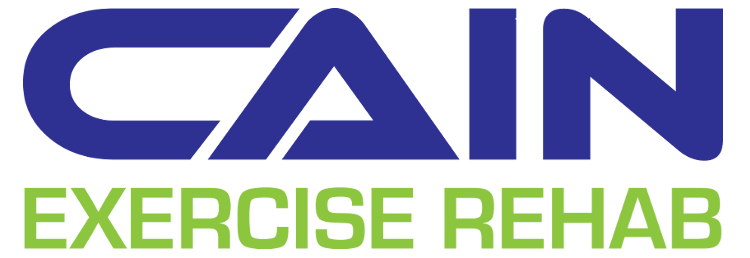Sound familiar? Advice like this is all too common. After experiencing an injury, the immediate inclination - whether it be your own or at the doctor's advice - is to keep the injured limb completely immobilised and rested to allow it to recover. Unfortunately, this pro-tip from your medical professional is less "pro" and more "I'm not sure what your limit should be, so let's just play it safe." In fact, immobilization (complete rest) of a joint has been shown numerous times to result in a slower recovery from injury.
I stubbed my toe!
But when you sustain an injury, moving hurts? How can restricting movement be bad for you?
1) Scar Tissue
When you cut your skin well enough, you'll see a scar form. This is a normal healing response. However, if you've noticed, that scar does not quite act like regular skin. It's quite stiff and less stretchy. Well, the exact same thing occurs in muscle, tendon, and ligament tissue when they get damaged.
So, when we get a good injury, the damaged is eventually bridged by this scar tissue. This is good, because we've now bridged the gap. It can be bad, however, because scar tissue does not form neatly. While the fibers of muscles and ligaments are nicely arranged and run in the same direction scar tissue forms haphazardly and without organization.
======= - Muscle, tendons, and ligaments
######## - Scar tissue
This messy arrangement of fibers results in decreased pliability of the tissue, lower tensile strength (damage resistance against stretch) and increases the risk of reinjury.
The counter to this is, of course, movement. By putting the injured area through early range of motion, we're promoting these fibers to arrange themselves along the fibers of the muscle as their growth follows the lines of stress.
2) Muscle Tone
This is an easier one for people to get their heads around. If you don't use it, you lose it!
Muscle tone and strength begins to decrease within the first week of immobilization, meaning that if you completely avoid moving your ankle and walking for those three weeks post-sprain, your muscular strength will suffer.
Pictured: A more extreme - but not rare - example.
And we're not talking only the muscles immediately surrounding the area. Joints way above or below the area that you've hurt can also take a beating in the recovery stage if not managed properly. It's all too common for young athletes to allow their hip muscles to become weak from favouring one leg, resulting in knee and back problems years later. (It sounds like a tangent to link an ankle sprain to low-back pain years later, but we clinicians see this constantly!)
3) Blood Supply
Angiogenesis is the formation of new blood vessels. During injury, your blood vessels undergo understandable damage your body is going to need to develop new vessels to continue supplying that area with nutrients.
What promotes this formation? You guessed it: movement! Not only will muscle contraction cause more blood to pump to the area in the first place, but it will also help your body to create new capillary beds within the tissue to help that supply reach its destination. In contrast, you can imagine that removing this equation through complete rest is going to deprive the affected area of the blood - and nutrients - that it needs, resulting in longer periods before fully healing.
Putting It To Practice
So, am I recommending that you should hit the gym and do heavy, 1RM squats the day after tearing your quad muscle in soccer? Yeah, no. It's absolutely important that we decrease the volume of load at an injury site during the acute phase and gradually return it back up as recovery proceeds. However, early movement is always going to be one component to maximize the speed of the recovery.
What I'll typically recommend is range of motion exercises after the first 24-48 hours without any resistance, such as ankle-ABCs or air-curls with the arm. If someone can't completely weight-bear on their leg, then I give them a crutch or cane to allow them to do so at least partially, creating at least partial activation of the regular muscles. From here, we just progressively add on to their range of movement, the resistance, and complexity of the movement until they reach their full recovery.
So just remember this. Whatever your injury, there is something to be done about it pretty much immediately. Don't go rushing to quit the soccer team or cancelling your gym membership, because much of the recovery phase is going to be spent doing your regular activities; just to a lesser volume.
Those three weeks of rest all are well and good, so long as you don't mind them tacking on an extra three to get back to 100%.
Subscribe to the Weekly Updates
Do you like the content that you're reading? Sign up to receive the weekly blog update from Cain Exercise Rehab directly to your email!






